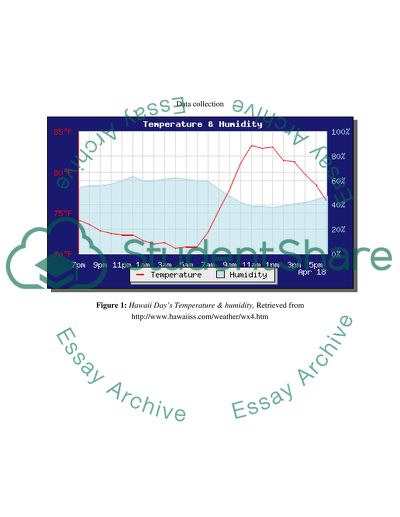Cite this document
(“Weather & Climate data for Hawaii Research Paper”, n.d.)
Retrieved de https://studentshare.org/geography/1447149-weather-climate-data-for-hawaii
Retrieved de https://studentshare.org/geography/1447149-weather-climate-data-for-hawaii
(Weather & Climate Data for Hawaii Research Paper)
https://studentshare.org/geography/1447149-weather-climate-data-for-hawaii.
https://studentshare.org/geography/1447149-weather-climate-data-for-hawaii.
“Weather & Climate Data for Hawaii Research Paper”, n.d. https://studentshare.org/geography/1447149-weather-climate-data-for-hawaii.


